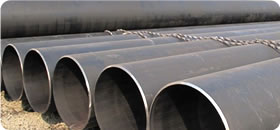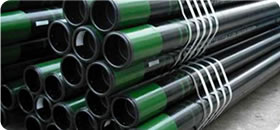How to test the hardness of seamless steel oil pipe
The seamless steel oil pipe hardness test is a rigid indenter hardness tester that is pressed slowly into the surface of the specimen under the specified conditions, and then the indentation depth or size is tested to determine the hardness of the material. Seamless steel oil pipe hardness test is the simplest, quickest and easiest way to test the mechanical properties of materials. The non-destructive hardness test is similar in the relation between hardness and tensile strength. The hardness value of the API 5L X70 LSAW Seamless Steel Oil Pipe can be converted into the tensile strength, which has great practical significance.
Because the tensile test is not easy to test, and the hardness strength of the conversion is very convenient, so more and more people only test their own strength with less hardness test. Especially due to the continuous progress and innovation of the hardness of manufacturing technology, some hardness that could not be directly tested before, such as seamless steel pipe, stainless steel plate and stainless steel belt, can now be directly tested. Therefore, there is a trend of gradually replacing hardness test tensile test.
previous_pageWhy seamless steel oil pipe is widely used?
next_pageWhat to pay attention to when using spiral steel pipe




